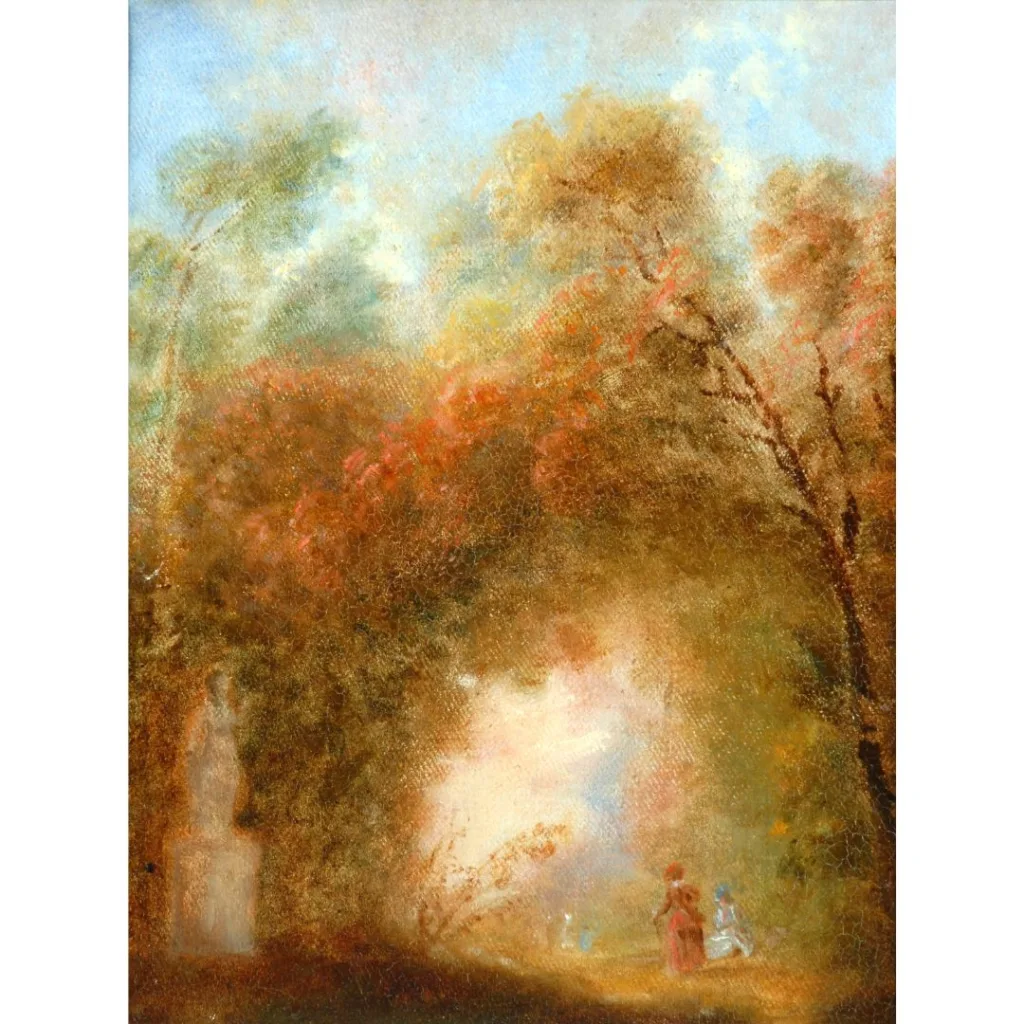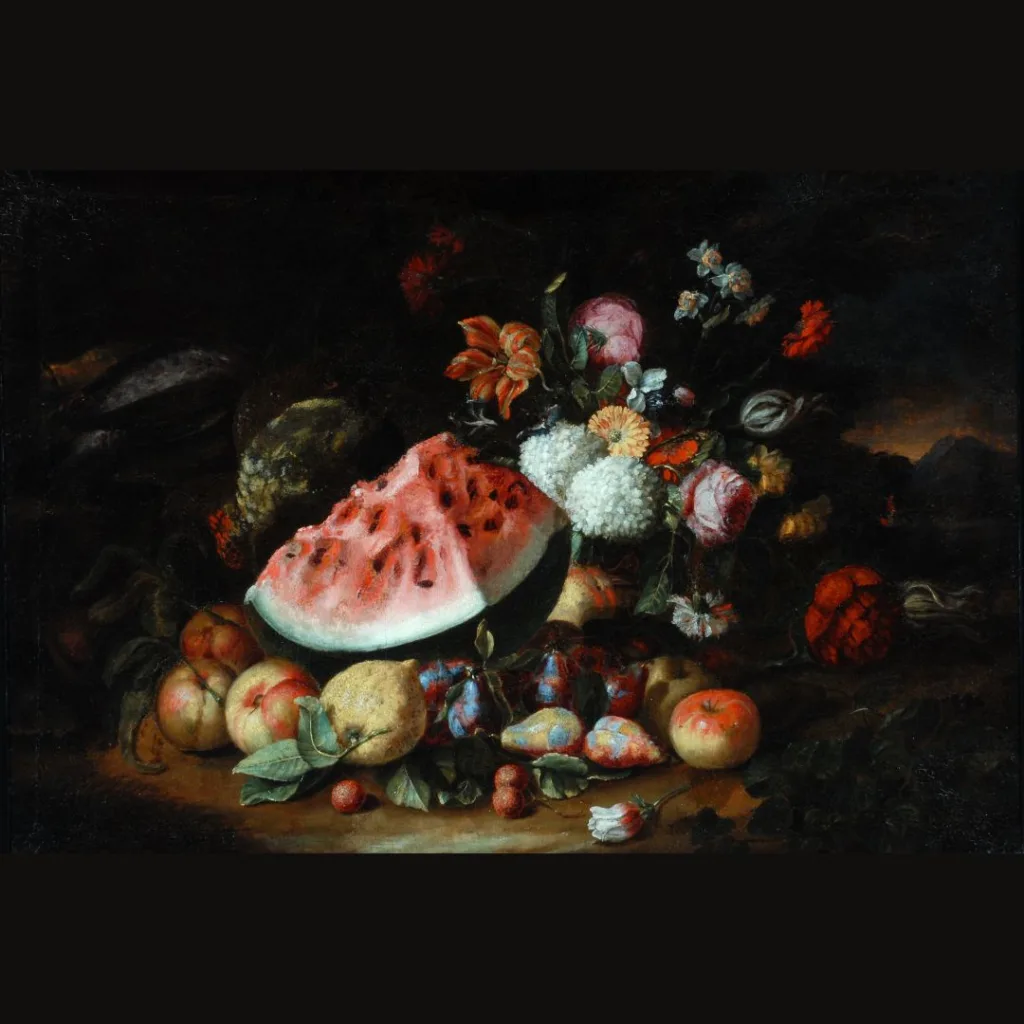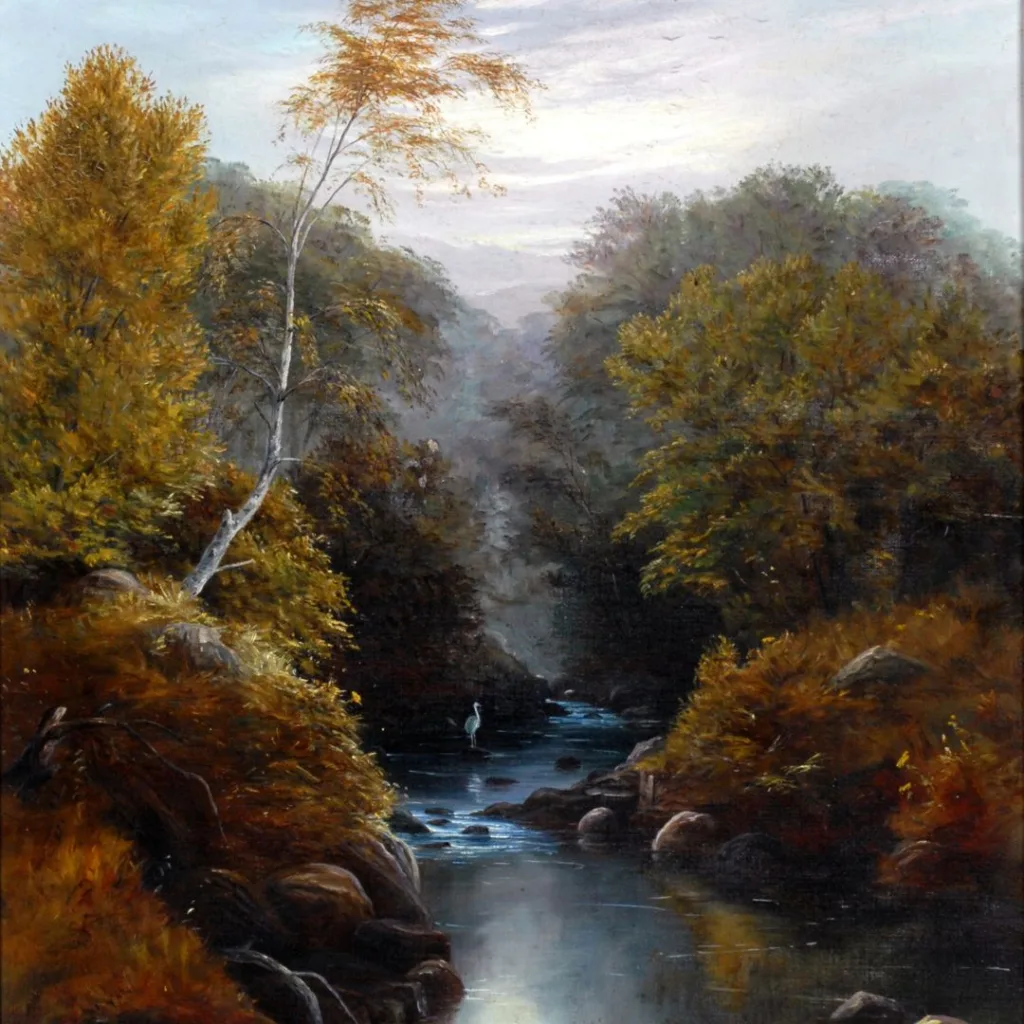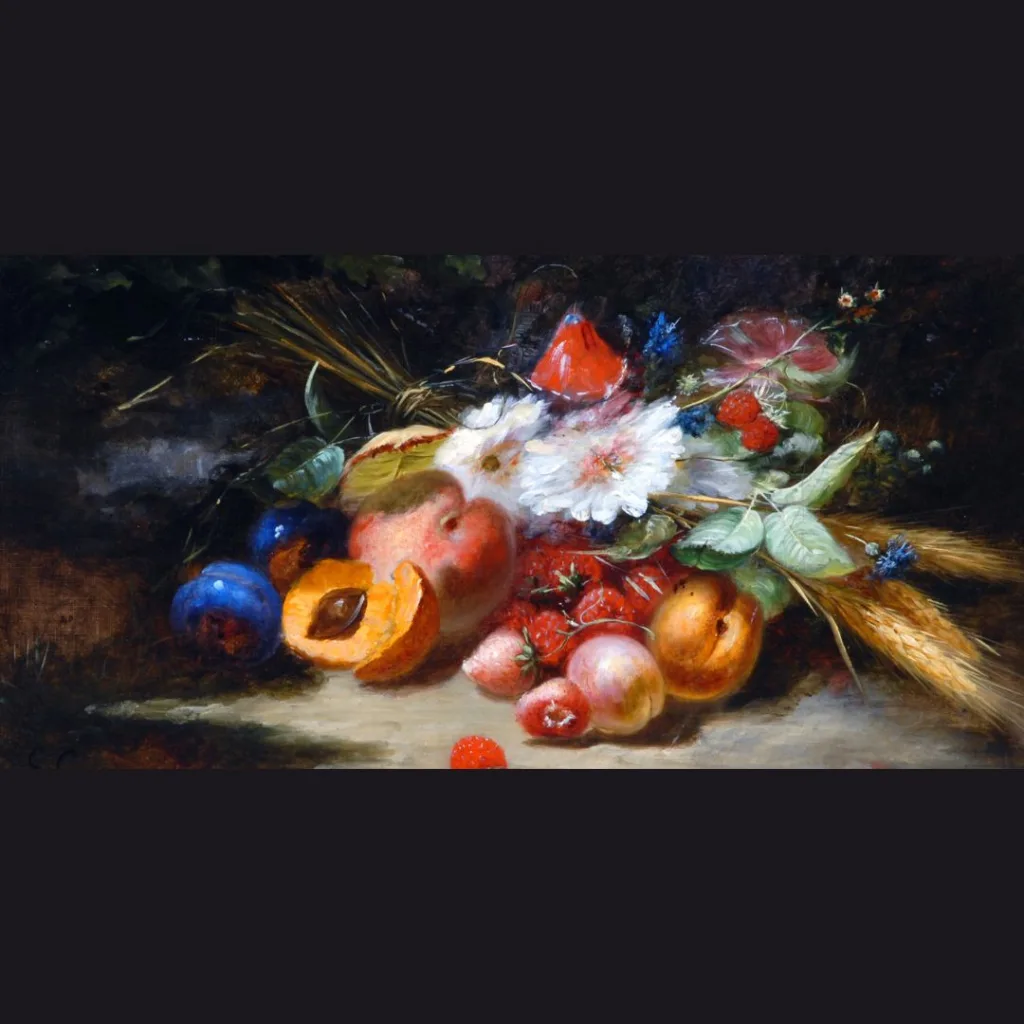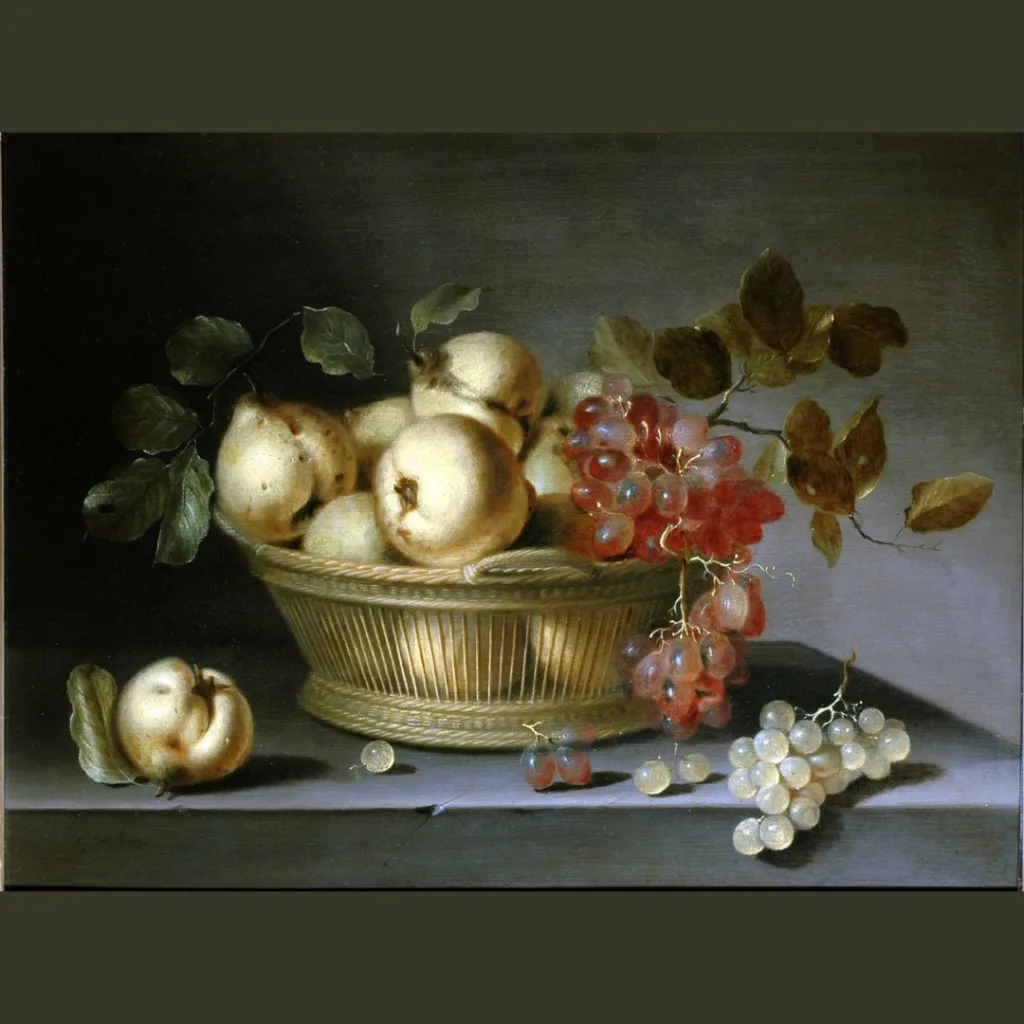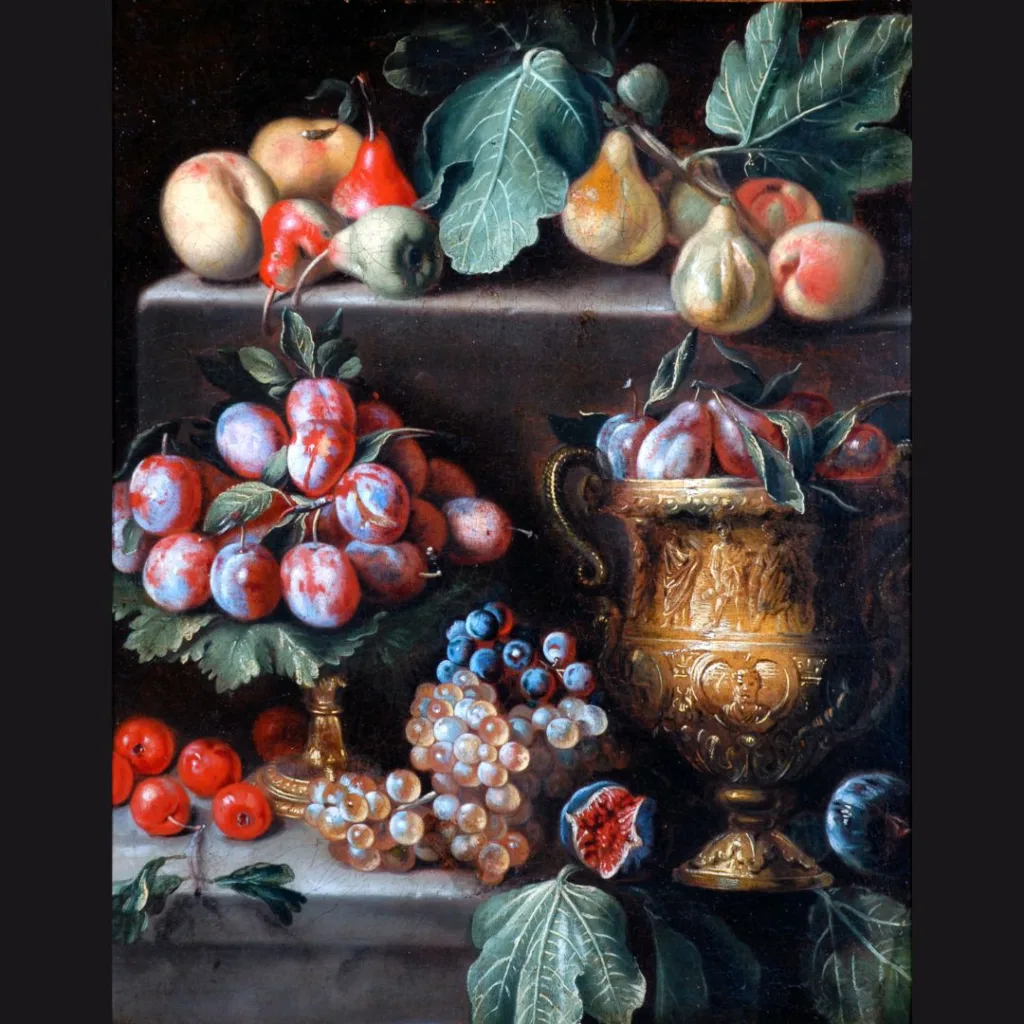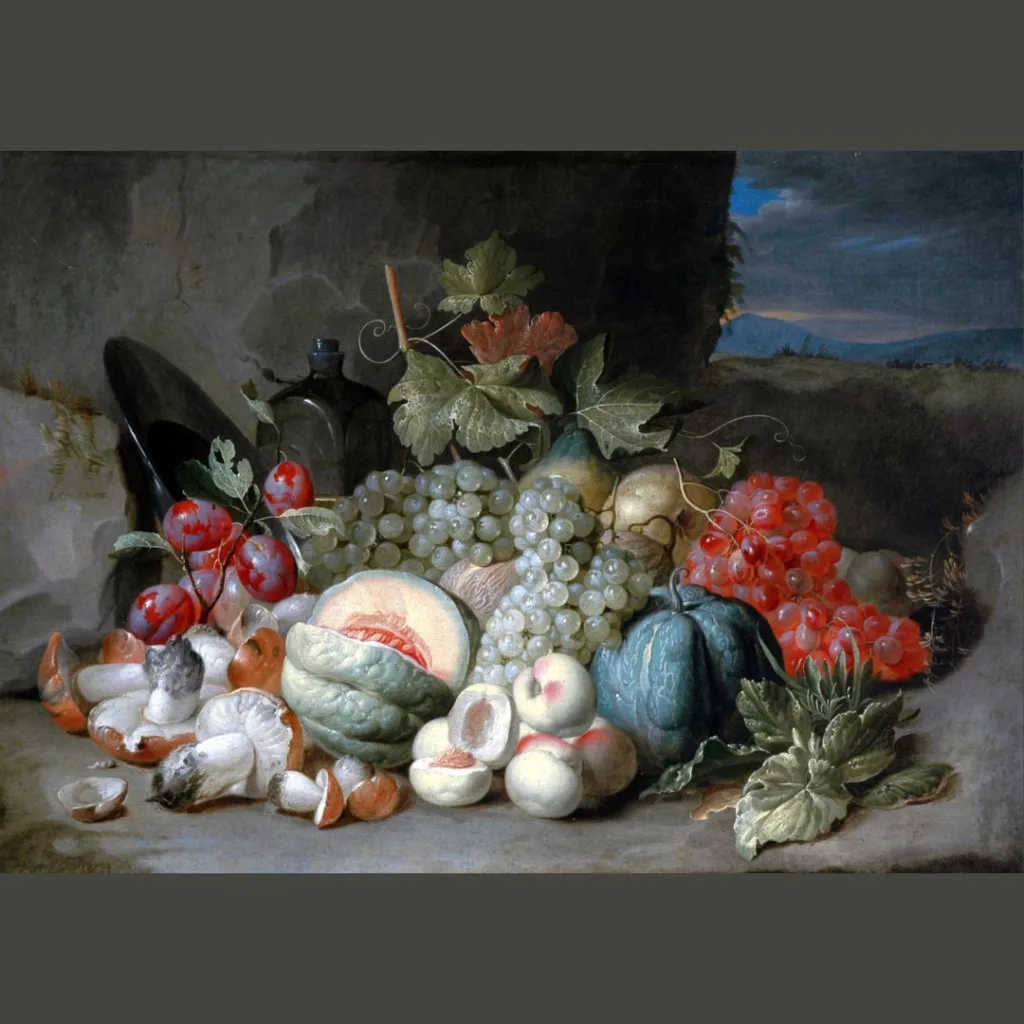The Bowes Museum Blog

September Conversation Wall: Autumn
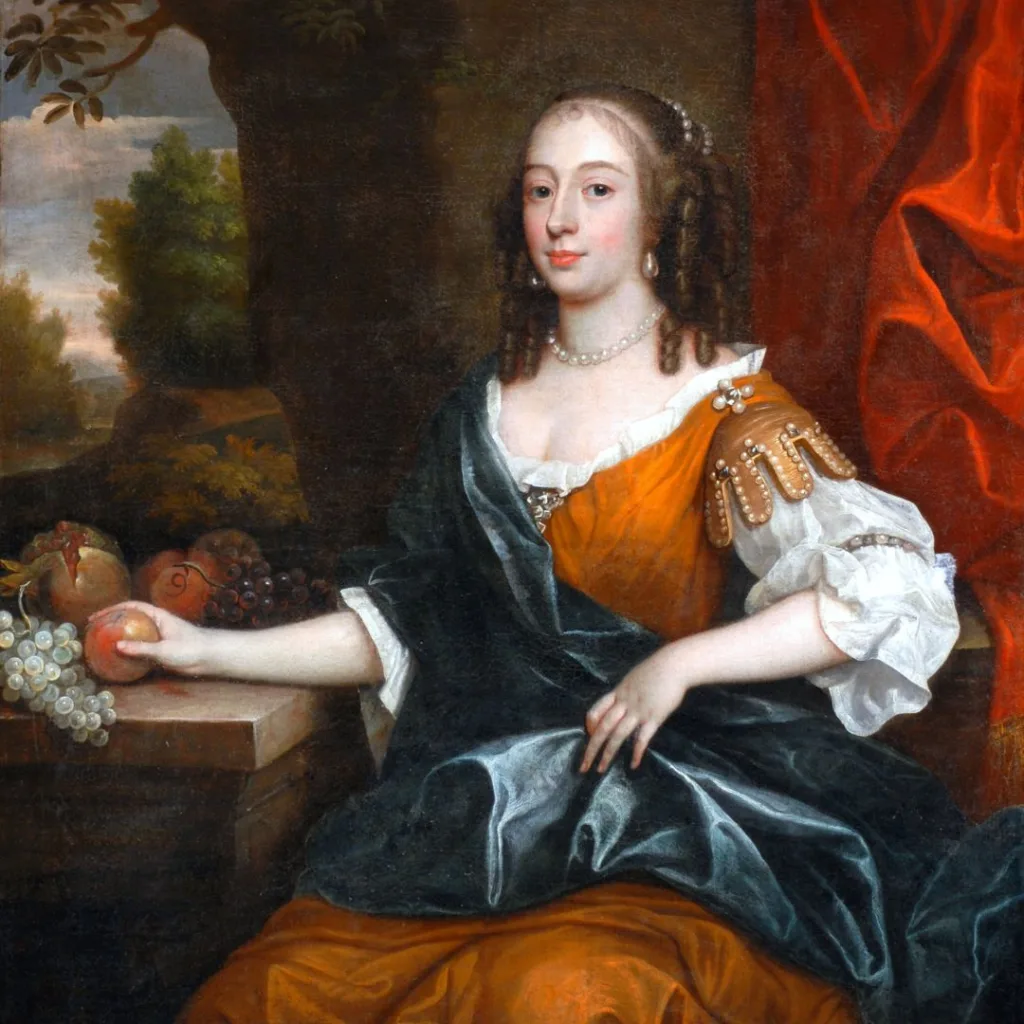
When everything looks like a magical oil painting, you know you are in autumn.
Mehmet Murat ildan (Turkish, b. 1965)
Autumn begins in the Northern Hemisphere on 23 September, or the day of the ‘Equinox, when the sun crosses the equator taking its warmth and light to the Southern hemisphere.
People and animals in the North note that days get shorter and cooler. Plants respond by reducing their energy intake; the green colour vanishes from their leaves, and a palette of russets, reds and yellows emerge, eventually turning to brown. The fruits that have been growing throughout the summer ripen into full and glorious bloom; sweet and edible.
To some, there is no more beautiful month than autumn. It is especially favoured by artists who have, for centuries, depicted the season through rich landscapes and ‘still life’ paintings; capturing fruits at the peak of their ripeness, just before they turn towards decay.
The depiction of fruit in art often had symbolic meaning. Apples, as is probable in this portrait by an unknown artist, symbolised feminine beauty and prosperity. Elsewhere they were also reminders of the story of human weakness in the biblical Garden of Eden but also of subsequent redemption. The bloom on grapes represents the vitality of life and was a popular subject in seventeenth and eighteenth century still life paintings. Fruit in decay is a reminder of the transience of life and of autumn’s riches fading towards the close of the year.
Plants and animals, including humans, show strong seasonal cycles in health, behaviour and abundance. These
‘rhythms of life’ are being disrupted by climate change. As this continues to impact our environment, we may have less time to enjoy autumn. We are already experiencing extreme weather events and a blurring of seasonal difference. Experts predict that globally, summer may become by far the longest season, followed by winter, with spring and autumn being much shorter.
